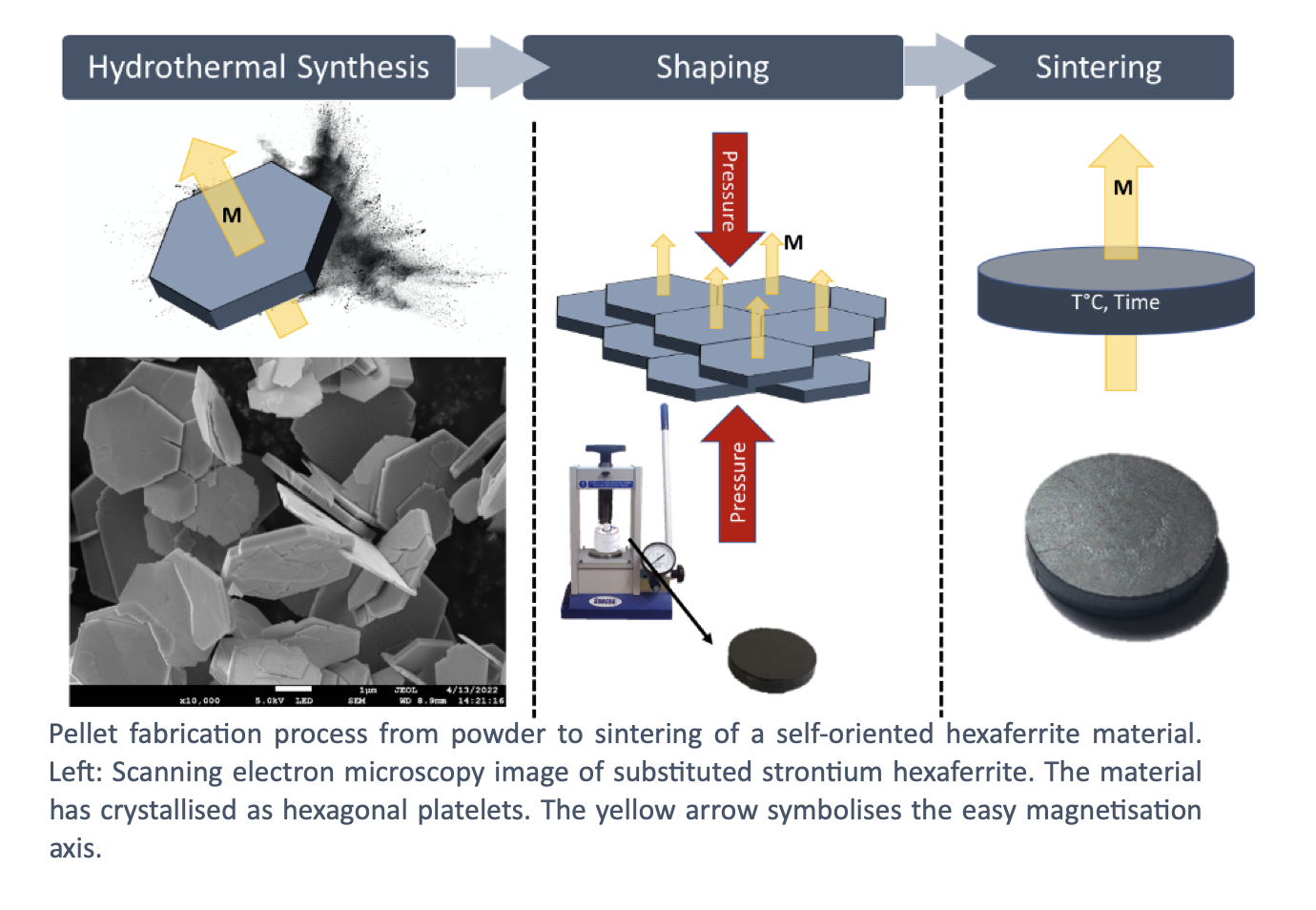Team leader : Jean Juraszek
Team members : J. Juraszek (MCF), J. M. Le Breton (PR), L. Lechevallier (MCF), M. Calvo-Dahlborg (CR), R. Lardé (MCF), F. Richomme (MCF) , U. Dahlborg (PR émérite), A. Fnidiki(PR), M. Jean (MCF), S. Jouen (MCF), V. Nachbaur (MCF), S. Chambreland (IR)
We have the largest national instrumental park for Mössbauer spectroscopy. For example, our cryogenerator equipped with a superconducting coil, which allows us to carry out Mössbauer spectrometry experiments in transmission under a magnetic field (up to 7 T) and at very low temperatures (up to 1.8 K). This opens the way to new experiments to reveal the complex magnetic structure of iron-based oxides or alloys (canting, sperromagnetism,...). The adaptation of the device to thin films by detection of backscattered X-rays will be our next instrumental challenge.
Functional oxides for spintronics and oxitronics
The activities on thin films of iron oxides, initiated on the multiferroic BiFeO3 in collaboration with the UMphi Thalès and the USNW University of Sydney, are continued and extended to other types of oxides such as CaFe2O4 spinals in the framework of a new collaboration with the group of Beatriz Noheda at the University of Gröningen. Due to its extreme sensitivity, Mössbauer conversion electron spectrometry puts us in a unique position to probe the antiferromagnetic properties of thin films whose thickness (a few nanometers) is much too small for characterization by neutron diffraction for example.
Materials for energy and environment
In collaboration with the CRISMAT laboratory, we study thermoelectric materials based on ternary and quaternary copper sulfides. The objective is to study in depth the chemical bonding and magnetic ordering in relation to the exceptional thermoelectric properties recently discovered in the compounds stannoiditeCu8Fe3Sn2S12 and germanite Cu22Fe8Ge4S32, thanks to the unmatched sensitivity of Mössbauer spectroscopy as a local probe of the chemical and magnetic environment of the elements iron and tin. Another activity concerns the research of new photocatalysts for H2 production. The objective here is to exploit the magnetoelectric properties of bimetallic iron oxides to improve the solar photodissociation efficiency of water by applying a magnetic field. Mössbauer spectrometry is once again used to probe the local environment of iron atoms (valence state, magnetism) with the prospect of developing an instrumental sample cell for experiments under in situ light irradiation.
Recycling of permanent magnets
We have developed original processes (brazed) for the recycling of permanent magnets. We are pursuing these high potential activities by trying to optimize the nature of the products resulting from our treatments for an optimal reuse of the magnetic phases.
Hexaferrites for self-oriented circulators
Circulators are microwave devices that allow the simultaneous transmission and reception of signals using a single antenna and are used in radar or mobile telephony. They are made from soft ferrite materials magnetised by a permanent magnet (NdFeB). In order to miniaturise and facilitate the integration of circulators, it is necessary to do away with permanent magnets. One solution to replace them is based on the self-orientation phenomenon of hard magnetic materials such as hexaferrites, which also have the advantage of operating at high frequencies (automotive applications such as anti-collision radar). The work, funded by the Carnot Institute ESP and carried out in collaboration with the IRSEEM laboratory of ESIGELEC, consists of designing and manufacturing circulators based on hexaferrite particles with high magnetocrystalline anisotropy. These particles, synthesized by hydrothermal process, are in the form of hexagonal platelets allowing a self-alignment of the crystallites without the need to apply a magnetic field during the circulator shaping stage. The structural, morphological, electrical and magnetic properties of the particles and circulators (cf Figure) are correlated to the different synthesis and sintering parameters.

High entropy alloys
Our activities on high entropy alloys focus on magnetic and magnetocaloric properties. These multi-component alloys are, contrary to classical alloys, made of all major elements, in equi-atomic or close composition. The challenge is to determine, for selected elements (including Fe, Co, and Ni), the phases present that will determine the physical properties. We have shown that the calculation of the electronic structure allows us to predict three phase domains. The objective is, for specific elements with ecological and industrial stakes, to link the fine variation of the structure of the alloys to the variation of the Brillouin zone and to predict, for any alloying element, the mechanical and magnetic properties.



